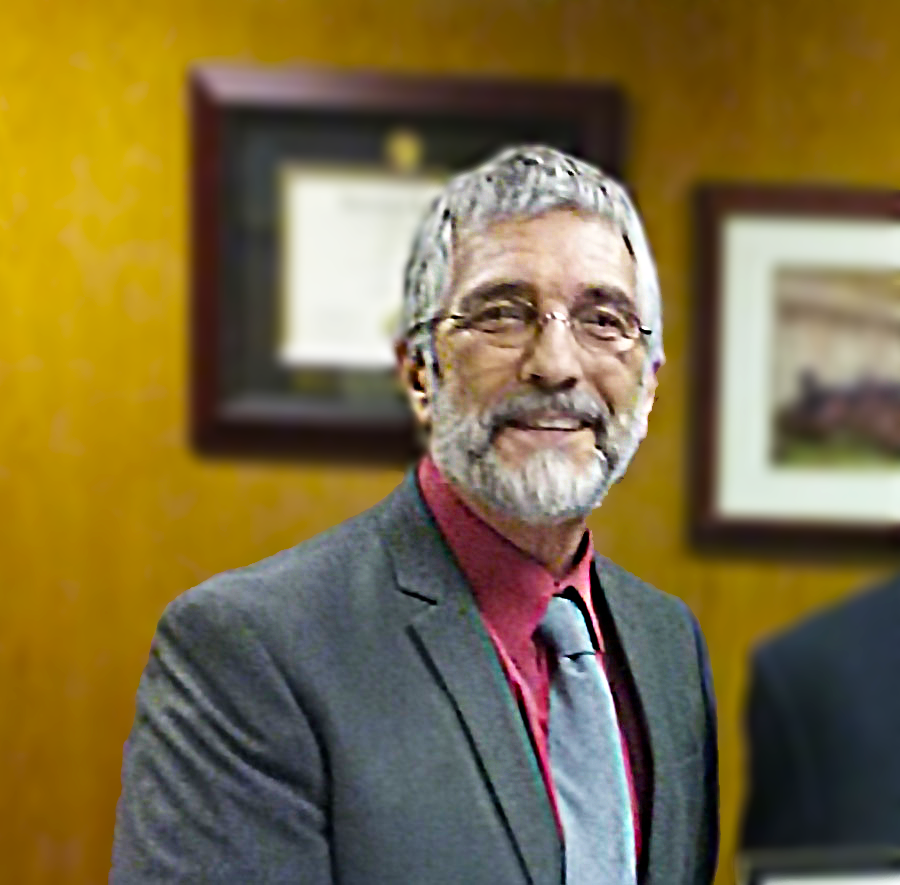The year 2020 has been a rollercoaster ride, not least of all for those of us who teach at one or more community colleges in California. Like most educators, we’ve had to modify or completely overhaul our way of teaching in order to accommodate a full or partially remote classroom experience due to the COVID-19 pandemic. Complying with stay-at-home orders and public school closures has forced many of us to redesign our curriculum and reevaluate our pedagogy, precipitating a deeper existential crisis within our academic ranks. Compounding the situation, Californians across the state have had to endure unprecedented air pollution due to the extreme wildfires and heavy smoke. Many of us are also still grappling with what it means to be Black in the USA after traumatic events have captured the nation’s attention, and finally shaken us to our core. In these tumultuous times, educators everywhere are struggling together just to keep up and adapt as quickly as possible in the face of unnerving uncertainty.
What’s going on with part-time faculty? How are part-timers reacting and responding to the new demands being made of them?
I have heard demoralizing stories from my part-time colleagues. Some part-timers have effectively quit because they simply found the burden of suddenly moving all their teaching materials and courses to online platforms to be something they just “never signed up to do” when they had got into teaching. Other part-timers have had a “wait and see” strategy, hoping and planning to return in 2021 when college campuses returned to normal. However, we now know that next spring most courses will continue to be taught online, and it appears that distance learning is the new norm whether we like it or not. In a way, this makes sense, as districts have a practical need and a greater capability than ever before to keep a fleet of faculty on standby to deploy a full course catalog online at a moment’s notice in the event of future shutdowns or other unforeseen events.
No wonder the loss of students this fall has been noticeable. Students are not returning, in no small part because the economy is in real jeopardy, and with them, an estimated high of 20% of full-time equivalent employees (FTEs) have been lost in nearly every community college district. The future of higher education, and in particular, the future of education at California’s community colleges has significantly changed. In a system that depends on students to attend, any funding based on enrollment is surely doomed, and a new formula for funding will be needed. Otherwise, the downturn of student enrollment will inevitably mean cuts to class offerings, and for potentially thousands of part-time faculty that means our livelihoods are in danger.
What’s infuriating about this reality is that full-time faculty are still being permitted to teach overloads, which means they can teach more classes than what is deemed a full-time course load. This unfair practice just adds insult to injury as it sends any part-time faculty who would’ve been otherwise depending on teaching that class to scramble to make ends meet, usually right as the semester is starting! [If this happens in your department, please contact me]. What’s more, our hard-fought seniority rights (for those districts that have them) are in jeopardy. For example, every course cut due to low enrollment from a full-timer’s schedule bumps a part-time faculty member out of a class (or multiple classes) regardless of where that instructor ranks on a seniority/preference list. Warning to part-timers – read your contracts!
The loss of part-timers who have taught for decades in the CCC system, either through attrition or involuntary early retirement will be tragic, but perhaps this new adversity we all face will help to pull us together and push us towards a much-needed reinvention and renovation of the structure and priorities of higher ed. Perhaps this can be a turning point in which we may finally see a more collaborative and compassionate side of academic unions and institutions in California. To make sure that is, in fact, the case, there is no better time than now to consolidate our momentum, speak up and be more lively in our bargaining units, as well as join CPFA’s effort to educate, advocate and get legislation passed that ensures more equitable working conditions for all faculty.
Probably the easiest way you can engage with others and bring much-needed attention to part-timer issues is through social media and the CPFA Facebook page. We are making every effort to make a bigger impact on Facebook and Twitter to build more connections with our members, friends, and allies. So, it is vitally important for you to stay in the loop by following us and “liking” our posts. And please share our posts to your page and on your friends’ pages. Then invite your colleagues and friends to like and follow CPFA too. I cannot emphasize enough how much your Likes and Comments can help not only bring us together but also build the momentum needed to support our wider organizing efforts and push for fair legislation on behalf of the nearly 40,000 part-timers in the CCC system.
Before I sign off, I would like to give a very warm welcome to the newest members of CPFA’s Executive Council. Bobbi-Lee Smart, Ed.D., from Cerritos College and North Orange County College will serve as Southern California Regional Representative and Laurel Hartley, M.A., will serve as Representative for institutional member Butte College. Both are active and engaged with their campuses, which brings hope and newfound motivation to us all to get out there, get organized, and make real change happen!

